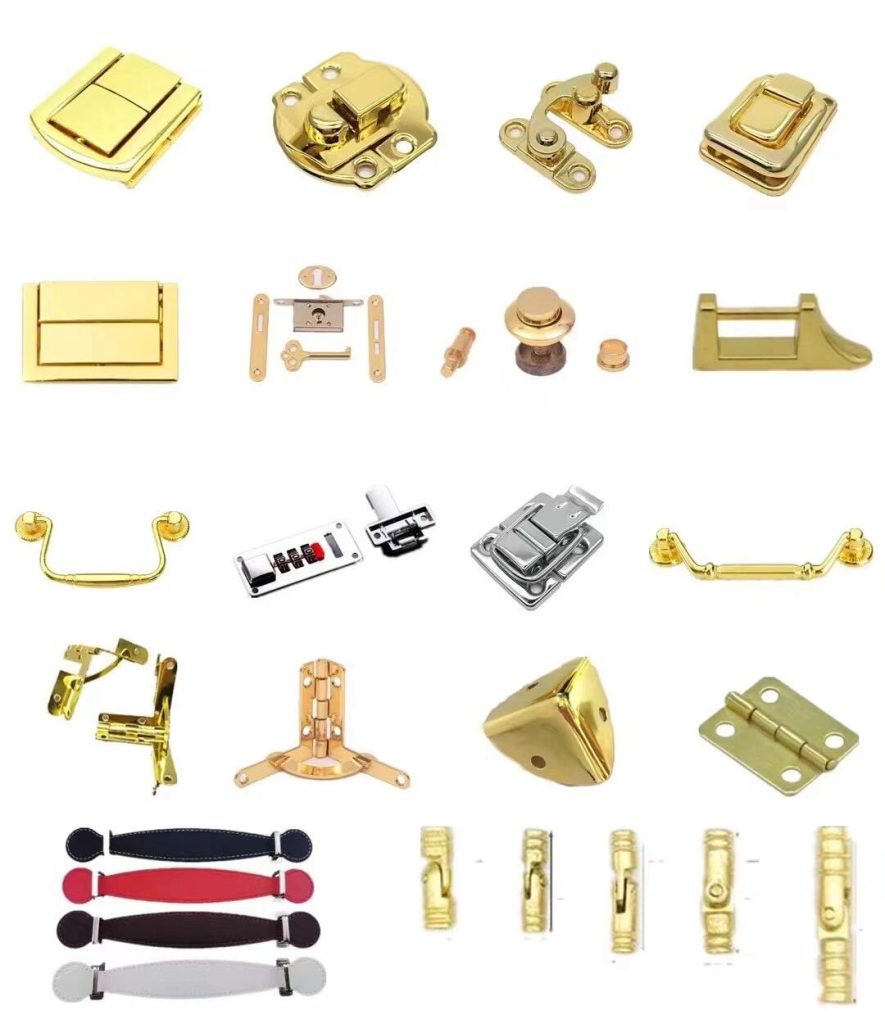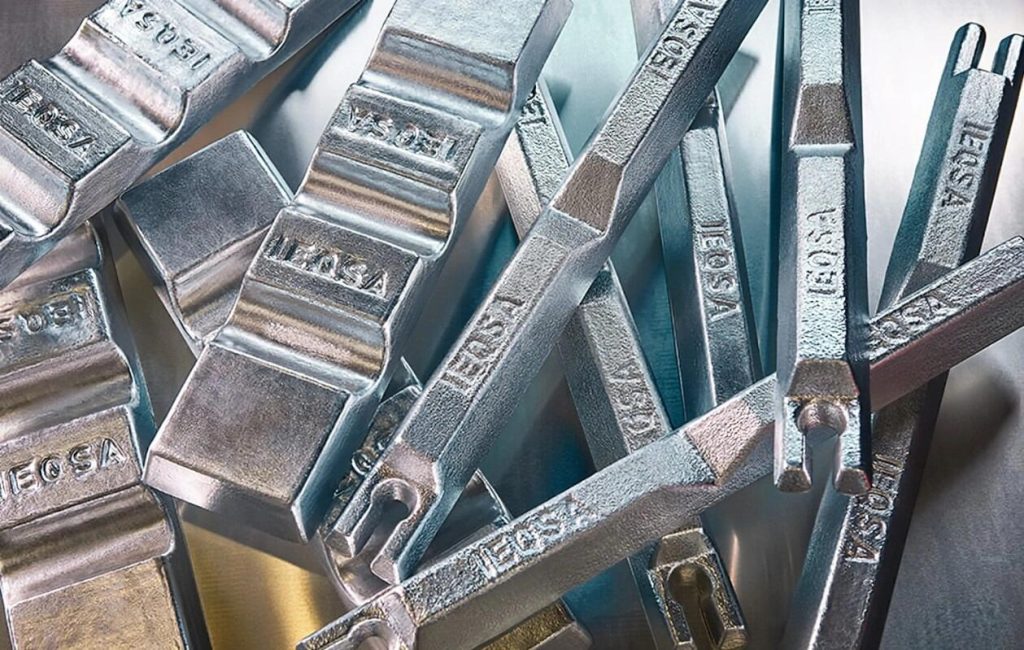Hardware craft badges are a type of decorative and commemorative items made mainly from metal materials through various crafting processes. Here’s a detailed introduction:
Materials
- Brass: It is a popular choice due to its warm golden color, good malleability, and durability. Brass badges can be easily engraved or embossed with intricate designs and details. For example, in some commemorative badges for historical events or cultural festivals, brass is often used to give a sense of elegance and historical charm.
- Zinc Alloy: Commonly used because of its relatively low cost and excellent casting properties. It can be molded into various shapes and sizes with smooth surfaces. Many promotional badges or those for casual events are made of zinc alloy as it allows for mass production while maintaining an acceptable quality.
- Stainless Steel: Renowned for its high resistance to corrosion, strength, and modern appearance. Stainless steel badges are ideal for outdoor use or in environments where durability is crucial. They can also be polished to a high shine, making them look sleek and professional, often seen in corporate or high-end event badges.
- Copper: With its soft texture and unique reddish-brown color, copper offers a rustic and artistic feel. Copper badges can be crafted with traditional techniques like etching or patina treatment to create a vintage or artistic effect, suitable for art-related events or as collectibles.
Crafting Processes
- Die Casting: This process involves injecting molten metal alloy under high pressure into a die-cast mold. It enables the production of badges with complex geometries, precise dimensions, and smooth finishes. It is highly efficient for large-scale production, such as creating batches of identical badges for a particular event or organization.
- Stamping: Using a stamping press, metal sheets are pressed with dies to create the desired shape and imprint the design. Stamping is good for producing flat badges with simple to moderately complex designs. It is a cost-effective method and can be combined with other processes like engraving for added detail.
- Engraving: Whether by mechanical means or laser technology, engraving is used to carve detailed patterns, text, or logos onto the surface of the badge. It adds a touch of sophistication and personalization, making the badge more unique and meaningful. This process is often used for commemorative or custom-made badges.
- Etching: Through a chemical process, the surface of the metal is selectively corroded to create the desired design. Etching can produce very fine and detailed patterns, especially suitable for creating artistic or intricate designs on copper badges, for example, to depict a landscape or a detailed illustration.
- Plating: Plating involves depositing a thin layer of another metal onto the surface of the badge. Common plating options include gold plating, silver plating, and nickel plating. Plating not only enhances the appearance of the badge by giving it a shiny and luxurious look but also improves its corrosion resistance. For instance, gold-plated badges are often used for high-profile events or awards to convey a sense of prestige.
Design Styles
- Classic and Traditional: These badges typically feature symmetrical designs, with elements like floral patterns, heraldic symbols, or traditional calligraphy. The colors are often muted, such as antique gold, silver, or bronze tones, evoking a sense of history and formality. They are suitable for commemorating historical events, cultural traditions, or for use in traditional organizations.
- Modern and Minimalist: Characterized by simple geometric shapes, clean lines, and a limited color palette. The designs focus on simplicity and functionality, with perhaps just a logo or a short text. Modern minimalist badges are popular in corporate settings, tech events, or for contemporary branding purposes, as they convey a sense of professionalism and efficiency.
- Artistic and Creative: Breaking away from traditional designs, these badges incorporate unique shapes, bold colors, and avant-garde design concepts. They might combine different materials, use unconventional techniques, or feature pop-culture references. Artistic and creative badges are perfect for art exhibitions, music festivals, or any event that encourages self-expression and individuality.
Uses
- Commemorative Events: Badges are often created to mark significant events such as anniversaries, historical milestones, or major festivals. They serve as a tangible reminder of the occasion and can be collected by participants or enthusiasts.
- Corporate Branding: In the corporate world, badges are used to identify employees, promote brand awareness, and create a sense of unity within the organization. They can feature the company logo, slogan, or values and are worn by employees at work events or when representing the company.
- Event Identification: At conferences, concerts, festivals, and other large events, badges are used to identify attendees, speakers, performers, and staff. They usually include the person’s name, role, and event details, making it easy to navigate and interact within the event environment.
- Collectibles: Some hardware craft badges, especially those with unique designs, limited editions, or historical significance, become collectibles. Hobbyists and collectors seek them out for their aesthetic value, rarity, and the stories they tell about different events or cultures.

